The vast and interconnected world of business can be dizzying. Companies often have complex relationships with other entities. Terms like subsidiary vs affiliate get thrown around, but what do they mean?
Both are part of a larger corporate picture. Yet, understanding their distinctions is crucial. This article delves into the common differences between subsidiaries and affiliates. It focuses on ownership, degree of control, and financial implications.
By the end, you will be able to navigate the nuances of these corporate relationships. Let’s read!
Affiliate vs Subsidiary: What’s the Key Difference?
Understanding the difference between “affiliate” and “subsidiary” can confuse many people. By looking at the criteria mentioned in this article, you can better understand how to tell them apart.
Armed with this knowledge, you’ll be able to navigate the world of business expansions. You could make well-informed decisions that match your goals and objectives.
Percentage of ownership stake
Explain the term “Percentage of ownership stake”: It refers to the proportion of a company owned by a person or entity.
It’s a double-egde sword – the higher percentage of ownership you have over one company, the more you earn as profit and the more risk you take if the company goes under. However, you will have more power in the decision-making process once you become a majority stakeholder.
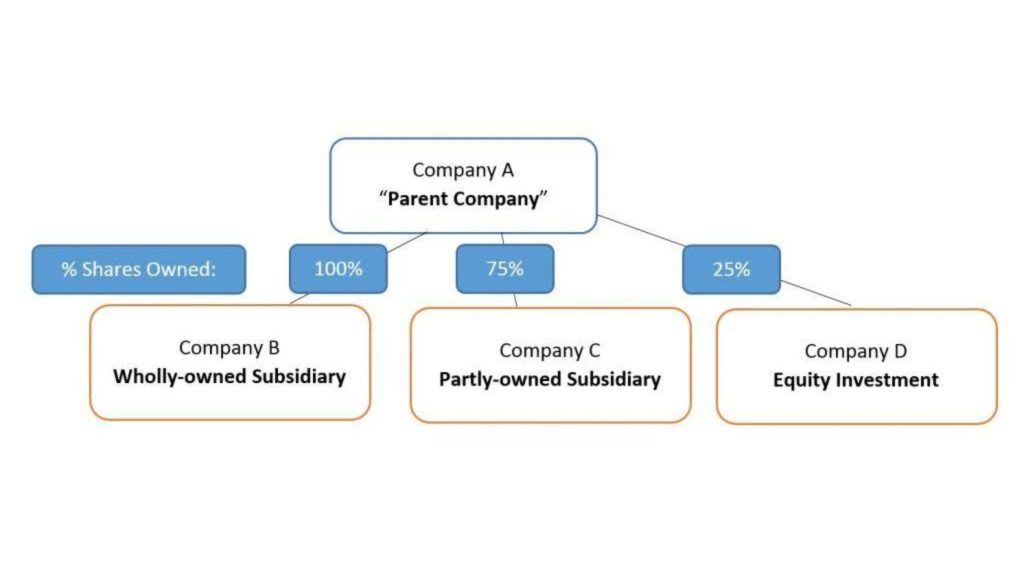
- For the affiliate: The parent/holding company owns a minor share, typically 20 – 50%. This means the parent has some influence but not complete control. An affiliate is like a friend you work with sometimes, but they do their own thing. Your company owns some, but not most, of their company.
- For a subsidiary: A subsidiary is like a little company your big company owns. You almost control everything they do. The parent company holds a major share, usually over 50%. This grants the parent significant control over the subsidiary’s operations and finances.
Decision-making authority
Explain the term “Decision-making authority”: It determines who holds the power. Who can influence your work or organization’s direction, strategies, and results? The level of decision-making authority can differ based on your position. Higher-level roles usually have more authority.
- Affiliates run their business independently, making day-to-day decisions about operations, marketing, and staffing. The parent company might offer guidelines but doesn’t dictate every move.
- Subsidiary: The parent company has significant control over key decisions. These business decisions include branding, pricing, and event management selection.
Benefits of tax
Explain the term “Benefits of tax”: A special treatment that businesses get to pay less in taxes or get favorable tax treatment. These advantages are given by tax laws to encourage investment and promote economic growth. They can include tax deductions, tax credits, tax exemptions, and lower tax rates.
- Deductions: lower the amount of taxable income.
- Credits: directly reduce the amount of tax owed.
- Exemptions: exclude certain income from being taxed.
Affiliate: An affiliate is usually taxed like the parent company. If the affiliate company loses money, the company with less ownership takes less of a hit than a subsidiary.
Subsidiary Companies: A subsidiary is usually taxed separately from the parent company. Profits and losses for a subsidiary are recorded independently from the main business. A subsidiary is a part of a parent company that provides the parent company with benefits like increased tax savings.
Financial statements
Explain the term “Financial statements”: An overview of how a company is doing financially. They include the balance sheet, income, cash flow statement, and changes in equity.
These statements provide crucial details about the company’s revenues, expenses, liabilities, and equity. They help investors and creditors in managing financial decisions. As it reflects the company’s financial health, profitability, and performance.
- Affiliate: The financials of an affiliate are performed independently without the parent company’s involvement. As a result, the parent business does not see the affiliates’ financial statements.
- Subsidiary Companies: For subsidiaries, the financial statements are very much part of the parent company’s statements, and they appear together. Parent companies are obligated to merge the financial statements of their subsidiaries with their financial statements.
Team-building process
Explain the term “Team-building process”: Involves activities and strategies to improve the dynamics and effectiveness of a team. It helps team members trust and respect each other and communicate well.
It can involve exercises, workshops, and retreats to enhance team performance. Common skills are teamwork and problem-solving. The main goal is to create a strong team that works well together and can achieve their shared goals.
- Affiliate: Affiliate recruits and builds their teams independently. They find talent based on their specific needs and culture.
- Subsidiary: They might leverage the parent company’s resources. They tap into the shared talent pool, board of directors, training programs, or recruitment expertise.
Loans
Explain the term “Loans”: The money you borrow from a bank and agree to pay it back later with interest. Companies often use loans for buying properties or covering unexpected expenses. When you take a loan, you get the money right away. But you have to pay it back according to the rules agreed upon with the lender.
- An affiliate can apply for a loan from any bank without requiring approval from the parent company. It is solely responsible for the loan, and the parent company’s involvement is unnecessary.
- Subsidiary: They need the parent company to act as their guarantor when they take out loans. Hence, it improves the subsidiary’s loan accessibility. This decision depends on the financial health of both entities.
To sum up the comparison above, this table lays out the main differences between subsidiary vs affiliate:
| Factor | Affiliate | Subsidiary |
| Ownership Stake | 20 – 50% | More than 50% (e.g., 60%, 80%, 100%) |
| Decision-Making Authority | Independent in most areas | Controlled by parent company in critical areas (strategy, budget, significant investments) |
| Tax Benefits | Limited; files separate tax returns | May benefit from consolidated tax returns; potential for tax efficiency |
| Financial Statements | Separate statements; not included in parent company’s financials | Consolidated with parent company; financials combined and reported as one commercial entity |
| Team Building | Recruits independently; builds own team and culture | May leverage parent company resources (talent pool, training programs) |
| Loans | Secures loans alone; no guarantee from parent company | Parent companies may guarantee loans, depending on the financial health |
Similarities Between Affiliate and Subsidiary
Affiliates and subsidiaries share similarities that contribute to their value in corporate structure. Below, we’ll delve into four main areas of convergence. These are purpose, brand affinity, scope of diversification, and strategic direction.
Purpose
Subsidiaries and affiliates often share several objectives. Let’s explore these common goals and see how each partnership model implements them:
Market Expansion: Both subsidiaries and affiliates can help companies reach new markets.
- Subsidiary: Offers deeper market penetration and direct control over branding, distribution, and operations. It’s like when opening your store in a new town. You reach a new customer the segment in that location.
- Affiliate: Provides faster market entry through an existing partner’s network and expertise. It’s like teaming up with someone who already knows the town. They can introduce you to customers and show you the ropes, making it easier and faster to get started.
Access to Resources: Both can offer access to valuable resources beyond what the parent company possesses.
- Subsidiary: Provides access to local talent, expertise, and infrastructure in a new market. Imagine needing local workers and equipment to build something in a new town. Your subsidiary can hire people and rent tools there.
- Affiliate: Grants access to the partner’s established resources. Valuable resources include distribution channels, customer base, or brand recognition. For instance, you partner with a delivery company. You use their trucks and drivers to get your products to customers instead of buying your own.
Cost Efficiency: Both can offer cost-effective ways to achieve your goals.
- Subsidiary: This may initially need investment but can reduce long-term costs. Setting up your store might cost a lot at first. But over time, it might be cheaper than renting space from someone else.
- Affiliate: often involves lower upfront investment compared to subsidiaries. Collaborating with an existing player eliminates the need to build everything from scratch.
Brand affinity
Building trust takes time & effort, especially in a crowded market. Affiliates and subsidiaries often enjoy the holding company’s recognition and reputation. This connection, known as brand affinity, acts like a magic key. It leads to easy market entry and reduced marketing costs.
- Affiliate: The parent company has built a strong reputation over time. When affiliated companies operate under its brand, they inherit some of that trust. Customers tend to try a McDonald’s franchise in a new town. As they already know and love the brand. This saves time and money on advertising compared to starting from scratch.
- Subsidiaries might have their distinct brand identity. Imagine a clothing company creating a subsidiary with its unique name and style. It still benefits from the established reputation for quality and craftsmanship. This association gives the subsidiary a head start in gaining recognition.
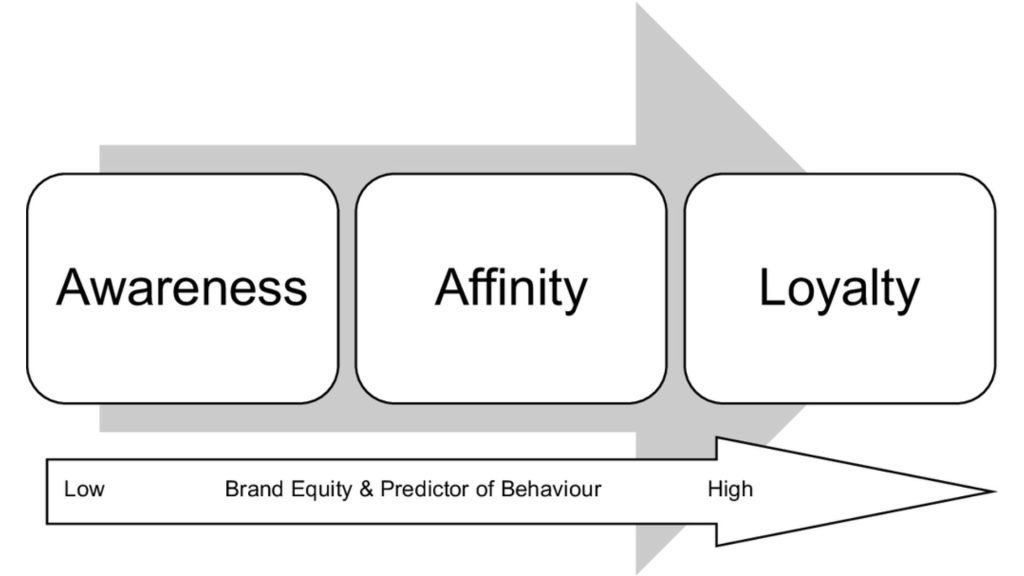
But the magic of brand affinity goes beyond initial trust. Customers often perceive affiliates and subsidiaries as part of parent companies. This connection carries over positive experiences they’ve had with the parent brand.
Scope of diversification
Both affiliates and subsidiaries diversify their operations and generate revenue from different sources. Affiliates provide a flexible approach to entering new markets or product categories.
Yet, they do not need a significant direct investment. Subsidiaries offer more control and allow for expansion into complementary business areas.
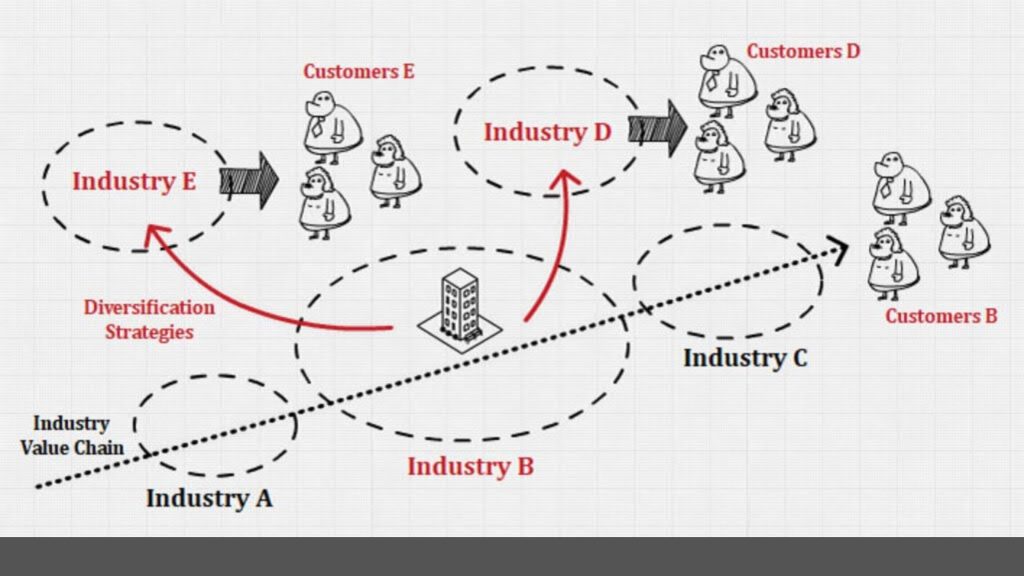
Example: A pharmaceutical company wants to expand its market. It can diversify through partnerships:
- Team up with local brainiacs (affiliates): by partnering with research labs. It can tap into their expertise and knowledge without spending tons of cash. This strategy works like borrowing wise friends to help you invent new things!
- Start a side hustle: The company creates a subsidiary focusing on medical gadgets. This lets them offer more than pills and potions, making them a larger player in the health game. Plus, if one area stumbles, the other can keep things going.
So, whether teaming up with local experts or launching a new venture, these moves help the medicine maker avoid relying on one product or market. This strategy makes them more resilient and ready to grow.
Strategic direction
Everyone needs to agree on the same plan to have a successful partnership. It means sharing common goals, values, and business objectives.
Affiliates and subsidiaries can take part in joint planning sessions. They receive guidance from the larger parent company on strategic matters. Then, they contribute their specialized knowledge to shape the corporate strategy.
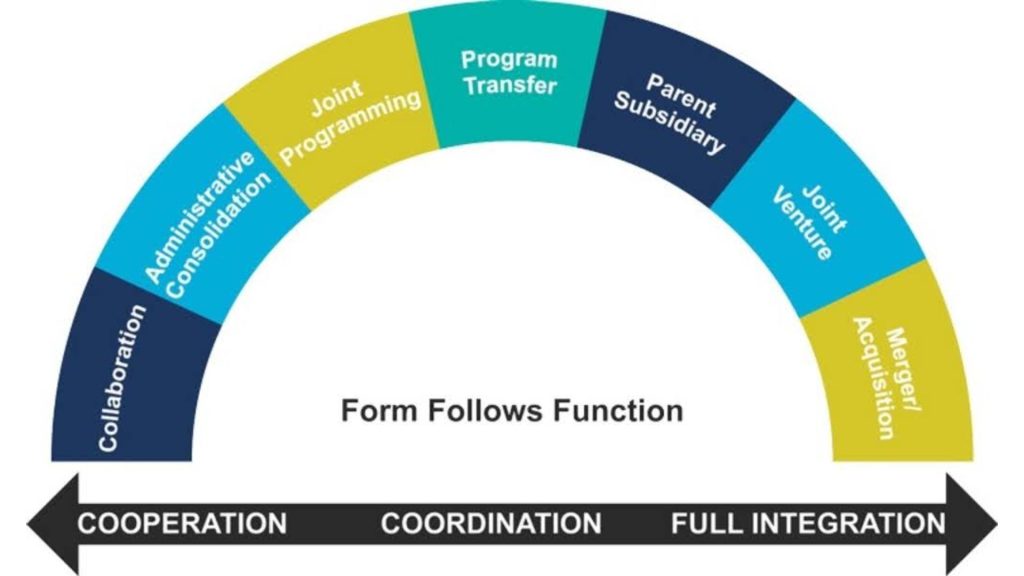
Example: Consider a clothing giant with factories all over the world. These factories work as its subsidiaries. They care about doing business strategically. Besides, the company collaborates with local factories to diversify their resources.
So, they all team up (like a big family) to find eco-friendly materials and make clothes responsibly. This way, everything they do fits with their values and what they want to achieve.
By working together like this, they make decisions more smoothly. Everyone’s on the same page, and the whole company moves forward in a coordinated way.
What is An Affiliate?
Affiliates are partners collaborating with a larger company to promote products or services. They leverage their own network and market expertise. Their goal is to reach new customers and expand the market reach of the main company.
How about the concept of affiliate? Affiliate companies operate independently, often under their holding brand. Yet, they maintain a clear connection to the parent company.

The big company and the affiliate agree on a partnership where:
- The affiliate sells the parent company’s products or services. They might get a commission for each sale they make. Or they might enjoy increased customer traffic and brand awareness.
- The affiliate uses the parent company’s brand and resources. It could include marketing materials, training programs, or access to exclusive products.
- The affiliate operates independently. They make their own decisions about pricing, staffing, and marketing strategies.
The Benefit
The affiliate relationship offers a multitude of benefits for both parties involved:
For the Parent Company:
- Cost-Effective Market Expansion. Affiliates increase the reach of parent companies without upfront costs. Specifically, opening new stores or offices will require significant financial resources. Instead, they use the affiliate’s customer base and market knowledge. It reduces risks and expenses.
- Localized Reach and Expertise. Affiliates have valuable local knowledge and connections. They understand the local culture, what customers like, and where to advertise. This way helps the parent company make its products and messages fit the local market. Thus, their campaigns attract more customers and boost sales.
- Shared Marketing Power. The partnership promotes marketing efforts and brand awareness. It costs less because the affiliate does parts of the marketing.
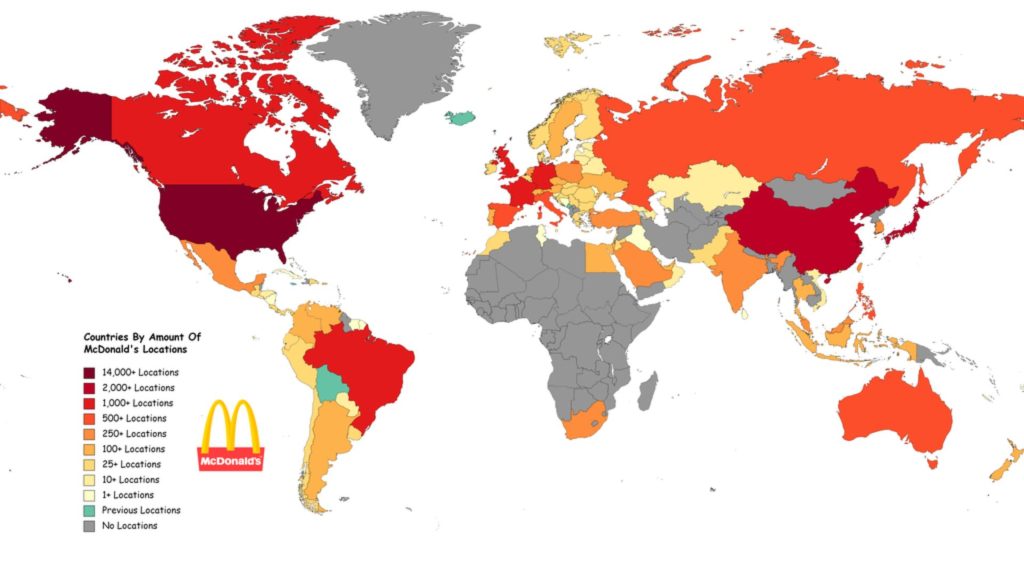
For the Affiliate:
- Leveraging Brand Trust and Reputation. When affiliates partner with a well-known brand, customers trust them more. This association encourages customers to try the affiliate’s products or services. Thus, it leads to increased sales.
- Enhanced Product Portfolio and Credibility. Affiliates can expand their offerings by promoting the parent company’s products. It gives customers more choices and helps the affiliates attract new customer segments.
- Access to Marketing Resources and Support. Parent companies often help affiliates with marketing by providing ads, training, and money. This support allows the marketer to improve their sales strategies and achieve tremendous success.
An Example of An Affiliated Company
We have a familiar name: Uber. We all know them for their ride-hailing app, but did you know they have an affiliate in the food delivery world? Enter Uber Eats.
Unlike a subsidiary, Uber Eats isn’t directly controlled by Uber. They have separate management and decision-making structures. Despite being independent, they collaborate and share resources to achieve common goals.

How they work together:
- Independent but connected: Uber and Uber Eats are separate companies, each with its CEO, branding, and app. They’re under the same parent company, Uber Technologies Inc.
- Shared resources: While independent, they leverage each other’s resources. Uber’s driver network serves both ride-hailing and food delivery. So, you might get the same driver picking up your takeout as your late-night cab.
- Marketing boost: Uber sometimes promotes Uber Eats within its app. It suggests food orders after a late-night ride. This cross-promotion helps both companies reach new customers and increase business.
What is A Subsidiary?
A subsidiary is a separate company! It is legally distinct from its parent company. It is majority-owned and controlled by the parent company.
You can think of limited liability companies with their management, employees, operations, and a registered agent to handle legal correspondence. Yet, the parent company will control its ultimate decisions or have complete ownership.

There are some misunderstandings the subsidiary and a sister company in marketing!
The subsidiary and a sister company are siblings under the same parent company. But, their control and purpose differ.
Subsidiaries are “teenage kids” under parental supervision. They are often created for entering new markets or diversifying the business. Sister companies are more like independent “adult siblings” with their brands and goals. Though they might collaborate or share resources.
The Benefit
Subsidiaries are like branches growing from a central tree. They help a company expand and offer different things. But there are more benefits than increasing bigger. We have analyzed the main advantages of having subsidiaries below:
- Diversification and Risk Control. You consider a pharmaceutical company that only makes prescription drugs. What happens when they create a subsidiary that makes over-the-counter medications? They can enter a new market and reduce risks. If one part of the company has problems, the other can still be stable.
- Strategic Expansion: Subsidiaries help companies enter new markets or industries. For example, a clothing company could create a subsidiary for athletic wear. This way, they can offer different products and reach different customers.
- Tax Benefits. If a company sets up subsidiaries in countries with lower taxes, it can save much money. Therefore, the main company will be more profitable and manage its taxes better.
In today’s globalized world, multinational corporations (MNCs) establish subsidiaries in other countries. Foreign companies control entirely these subsidiaries. Foreign ownership can provide several benefits for both the MNC and the host country.
For the MNC, it provides access to the international market and lower costs. Sometimes, it includes tax advantages. For the host country, it can create jobs, attract investment, and promote economic growth.
An Example of a Company With Subsidiaries
Amazon, the e-commerce behemoth, has grown its empire through a network of subsidiaries. Each subsidiary is crucial to its continued success:

Amazon Web Services (AWS). This subsidiary focuses on cloud computing services. It is now a significant participant in the market. As it caters to businesses and individuals alike.
- Diversification: AWS provides a revenue stream and customer base. These features are distinct from its traditional retail business.
- Innovation: AWS fosters a culture of innovation, leading to cutting-edge cloud solutions.

Whole Foods Market: Amazon bought Whole Foods, a grocery store that sells organic food. It lets Amazon sell groceries in physical stores. Besides, it offers delivery options to customers.
- Market Diversification: It expands Amazon’s reach into the physical grocery market.
- Delivery Integration: Whole Foods integrates with Amazon’s delivery network. Then, it offers convenient pick-up and delivery options to customers.
- Data Insights: Customer data from Whole Foods for improved food offerings.
Subsidiary vs Affiliate: Which One Is Better?
Choosing between a subsidiary and an affiliate isn’t a matter of better or worse. It’s rather finding the right fit for your specific business goals and resources. Both options offer distinct advantages and drawbacks. The optimal choice depends on your circumstances.
Here’s a breakdown of subsidiary vs affiliate to help you decide:
| Types | Subsidiary | Affiliate |
| Pros |
|
|
| Cons |
|
|
Choose an Affiliate Model when your company:
- Need to enter a new market without significant investment or control.
- Leverage shared resources and expertise. Such as partner network, customer base, or brand recognition.
- Content with less control over operations and branding in the new market.
- Prefer a model with less upfront investment and risk.
Choose a Subsidiary Model when your company:
- Require direct control over branding, operations, and strategic direction in the new market.
- Have long-term ambitions in the new market and intend to build a significant presence.
- Tightly integrate the new market operations with the business strategy.
- Enjoy potential tax advantages of operating in a specific country.
Conclusion
For a successful business expansion, you should thoroughly know subsidiary vs affiliate. Subsidiaries give you complete control and show a long-term commitment. Though they need a tremendous amount of money and can be legally complex.
Affiliates are a cheaper and faster way to enter new markets, but you have less control. There may be inconsistencies in branding. To make the right decision, you consider your goals, budget, and how much control you want. An appropriate approach must align with your business strategy and resources.








